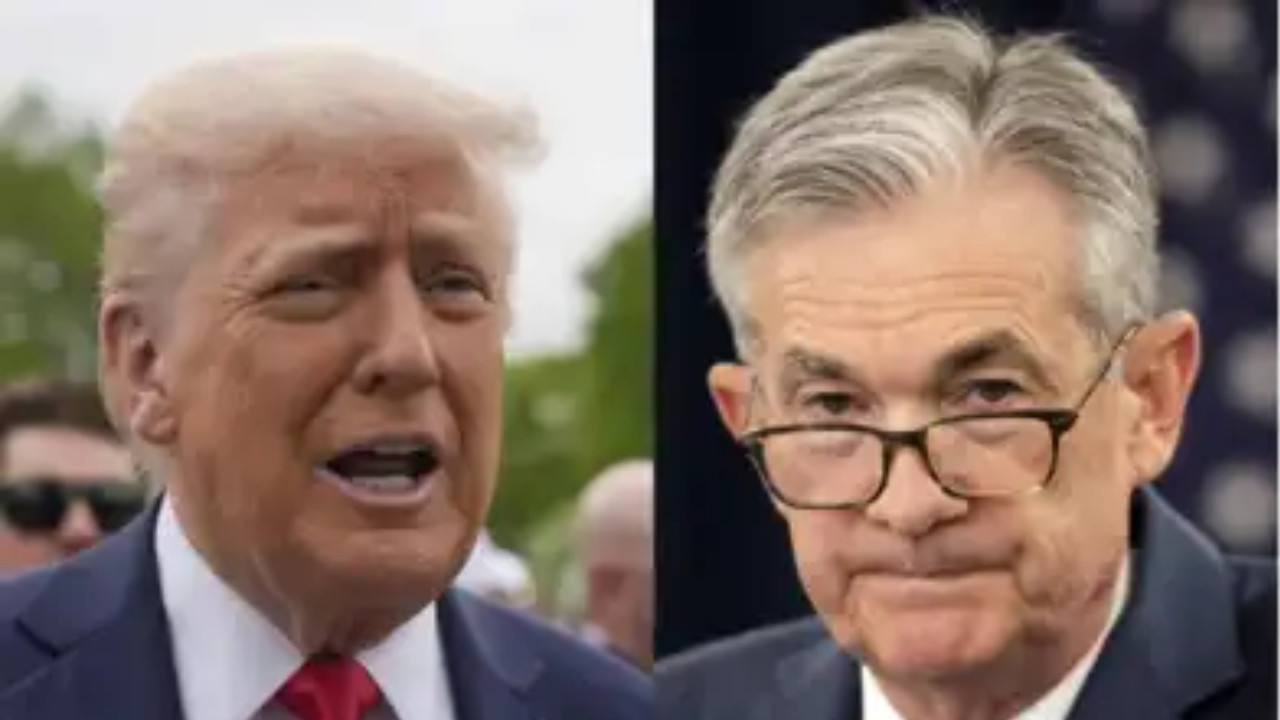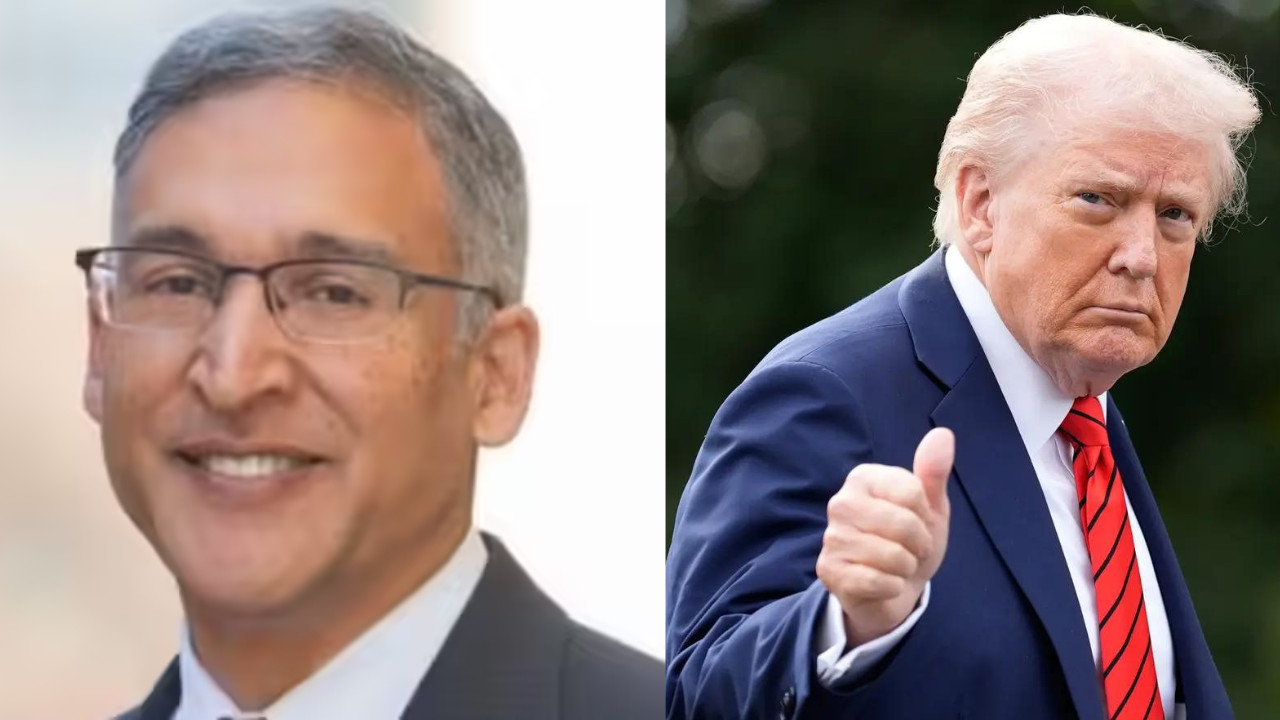Wall Street saw a surge following a positive US jobs report. Donald Trump called for a significant interest rate cut. He criticized the Federal Reserve’s policies. The S&P 500, Dow Jones, and Nasdaq all experienced gains. Investors seemed to overlook economic concerns. There was optimism about potential easing of trade tensions.
Trump’s Full Point Frenzy: Is the Fed About to Bend?
Okay, buckle up, folks. Things are getting interesting in the high-stakes game of economic poker. Donald Trump, never one to mince words (or tactics), has thrown down a bold card – demanding a full percentage point interest rate cut from the Federal Reserve. A full point! That’s not a gentle nudge; that’s practically a financial shove.
And the timing? Well, it’s… strategic, to say the least. Coming on the heels of unexpectedly robust jobs data that painted a picture of a remarkably resilient US economy, Trump’s demand feels a bit like ordering a blizzard survival kit after a week of sunshine. The irony isn’t lost on anyone.
For those of us who aren’t glued to CNBC all day, let’s break down what all this actually means. The Federal Reserve, or simply “the Fed,” is essentially the central bank of the United States. One of their key jobs is to manage the money supply by setting the federal funds rate. This rate, in turn, influences borrowing costs for everything from mortgages to business loans.
Lowering interest rates is usually seen as a stimulant. It makes borrowing cheaper, theoretically encouraging businesses to invest, consumers to spend, and the overall economy to… well, hum a little louder. Higher rates, on the other hand, are used to cool things down, preventing runaway inflation and managing overheating economies.
So, why is Trump calling for a massive cut, especially when the economy seems to be chugging along just fine? That’s the million-dollar question.
One possible explanation is simply politics. It’s an election year. A booming economy is a great talking point, and lower rates could give the appearance of one. But let’s be honest, while the jobs numbers were positive, many Americans are still feeling the pinch of inflation, even if it’s cooling off. So, maybe Trump believes a rate cut is needed to truly ease the burden on everyday citizens and bolster his chances at the polls.
Another interpretation is a bit more nuanced. While the surface of the economy appears strong, there might be underlying vulnerabilities that aren’t immediately visible. Perhaps Trump’s advisors are whispering concerns about a potential slowdown lurking just around the corner. A preemptive rate cut could act as a form of insurance, warding off a potential recession before it even has a chance to take hold.
And Wall Street? Well, they’re practically doing the Macarena. Stocks are generally loving the prospect of lower rates. Cheaper money equals more investment, which equals higher profits, at least in theory. The initial reaction was undeniably positive, proving again that the markets are often driven by anticipation as much as by concrete reality.
But here’s where things get a bit dicey. A full percentage point cut is a huge move. It’s not the kind of thing you do lightly. Such a drastic action could potentially trigger a whole host of unintended consequences.
For example, it could reignite inflation, undoing the hard work the Fed has already done in bringing it down. It could also devalue the dollar, making imports more expensive. And let’s not forget the potential for creating asset bubbles – artificially inflating the value of stocks and real estate, leading to a painful correction down the line.
The Fed, to its credit, has been pretty consistent in its messaging lately. They’ve been preaching a cautious, data-dependent approach. They want to see more evidence that inflation is truly under control before they even consider cutting rates, and they’ve certainly not indicated anything remotely close to a full point cut.
This puts the Fed in a tricky spot. On one hand, they’re facing intense political pressure from the former President. On the other hand, they have a responsibility to maintain the stability of the US economy and protect it from potentially reckless policies.
The reality is that the Fed operates independently, insulated from direct political influence. But let’s not kid ourselves – they are aware of the political climate. The constant scrutiny, the public pronouncements, all of it adds pressure. It’s like trying to perform open-heart surgery while someone is constantly shouting instructions in your ear.
So, what’s likely to happen? While a full point cut seems highly improbable at this point, the pressure is on. The Fed might feel compelled to make some sort of move, perhaps a more modest rate cut of a quarter or half a percentage point, to appease the market and, perhaps, ease the political heat.
But whatever they decide, the coming months promise to be a fascinating, and potentially turbulent, period for the US economy. Keep your eyes peeled, because this economic drama is far from over. The stakes are high, and the outcome will have a ripple effect far beyond Wall Street.
📬 Stay informed — follow us for more insightful updates!







